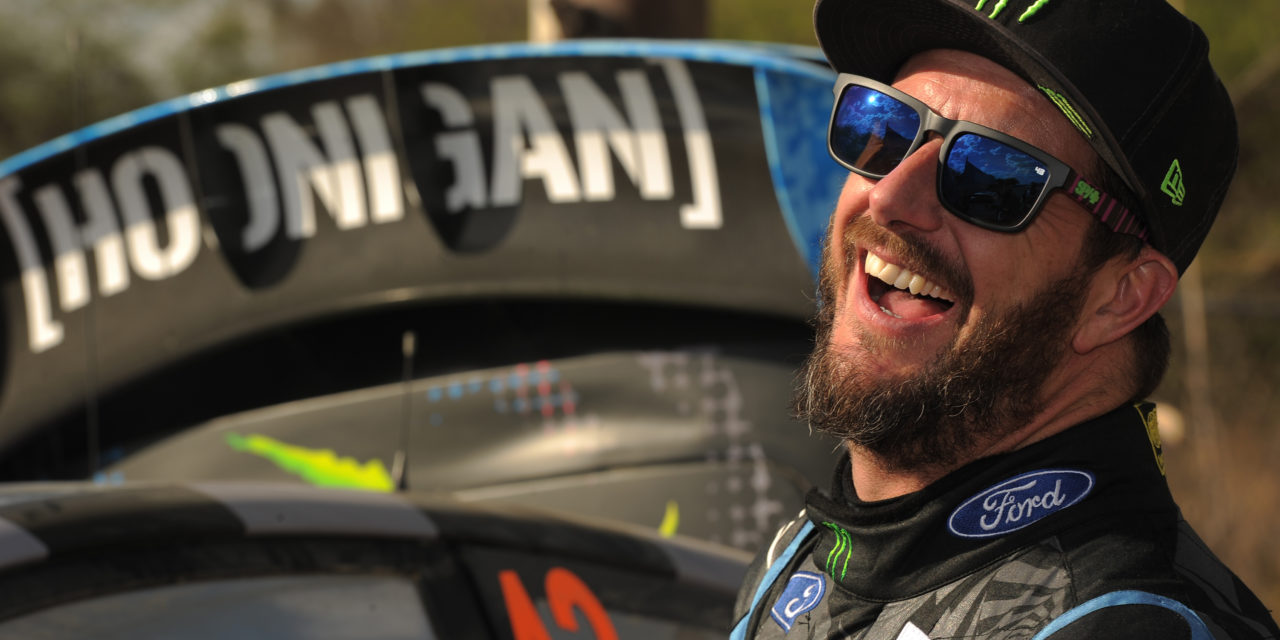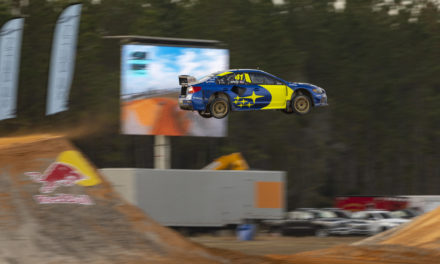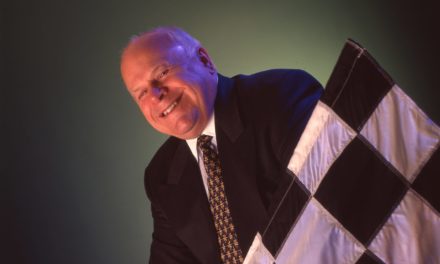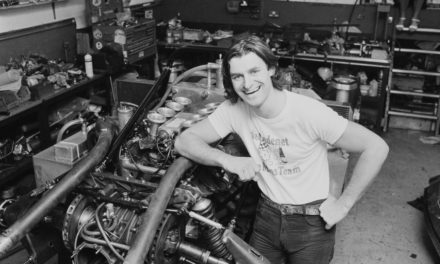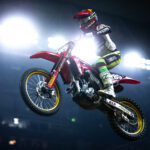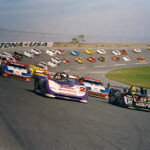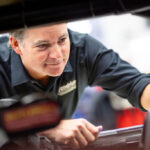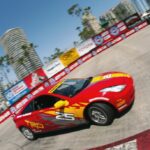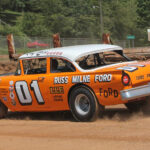You are likely aware by now that Ken Block, lead Hoonigan, was killed in a snowmobile accident not far from his home in Park City, Utah, on Monday. You may not, however, quite understand why this tragedy cuts so deep for many in the car community.
“Hoon” is an Australian word used to describe reckless behavior. What Aussie Wikipedia calls “typically driving, generally in order to provoke a reaction from onlookers.” And it perfectly described Ken Block, who adopted – and copyrighted – the term Hoonigan as a portmanteau of “hoon” and “hooligan.” That was his brand, his friends, his outlook.
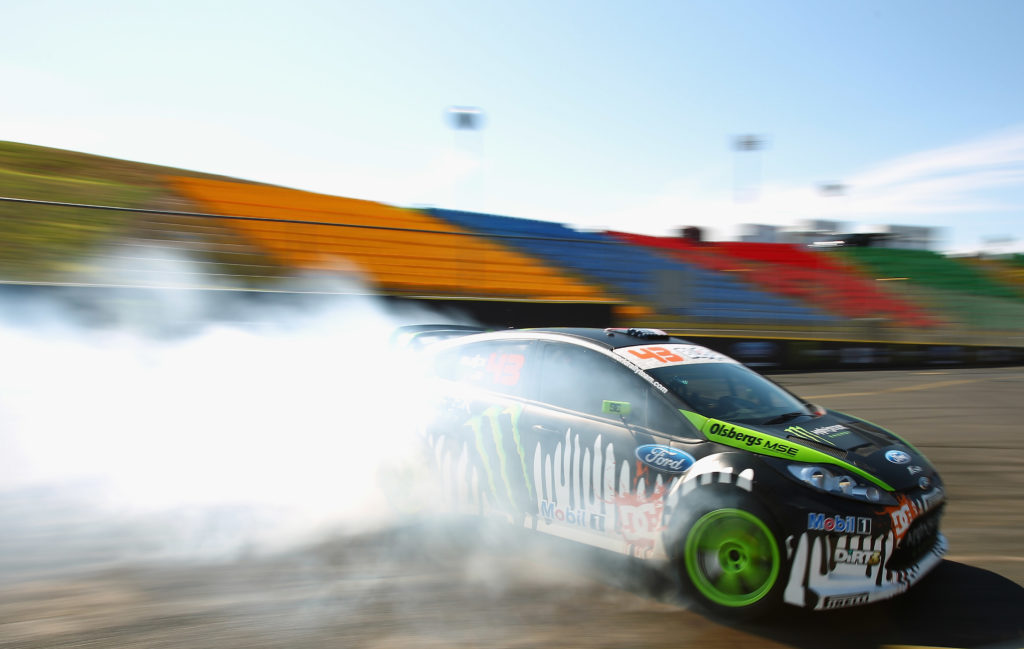
Photo: Robert Cianflone/Getty Images
“Hoon activities (or hooning) can include speeding, burnouts, doughnuts, or screeching tyres. Those commonly identified as being involved in hooning are young and predominantly male drivers in the age range of 17 to 25 years,” continues the wiki entry.
That last bit perfectly describes Block’s central fan base. The Monster-swilling, shenanigan-prone youth who elicit shakings fists and eye rolls from boring people who just don’t get it.
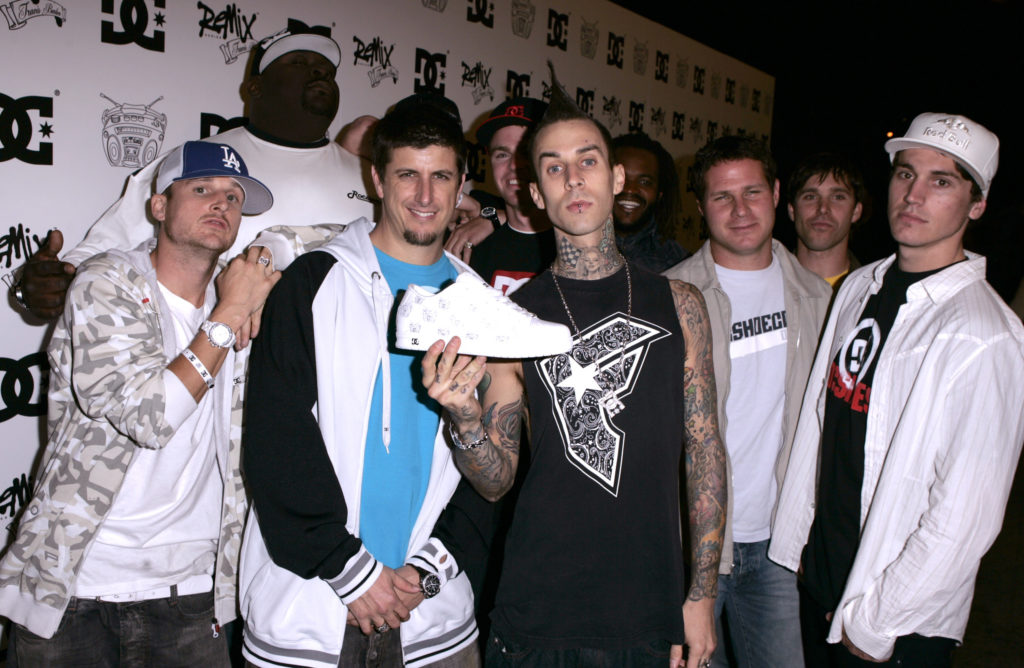
Ken Block (C), Travis Barker and the DC Shoe Athletes during a launch party at LAX Nightclub in Hollywood, CA. Photo: J. Vespa/WireImage for Brent Bolthouse Productions/Getty Images
It’s the type of counter-culture enthusiast base of which Block was a part in the Nineties, when he co-founded skateboarding-focused DC Shoes in June, 1994. A decade later, in March of 2004, the company was sold in a deal reportedly worth $87 million. That gave Block seed money to do take his next big step—rally racing. Though he became quite good at it, making a name for himself behind the wheel of Subarus and Fords, it wasn’t there he would make his true mark.
Part of that is because rallying is a blip on the American cultural radar. Block cracked that code, figuring out how to showcase rallying’s out-of-control driving antics for a massive audience.
Enter YouTube. While racing—which he never stopped doing—Block began hooning on video, cutting his drifts, slides and jumps into slick productions that quickly drew a viewership. Ten years into it, Block was a huge star—practically the face of beverage brand Monster Energy. By 2014, one video, “Ken Block’s Gymkhana Five: Ultimate Urban Playground, San Francisco,” had generated 67,069,875 views. And he had a lot more videos in the bank, with hundreds of millions in total views. On Facebook, he scored 5,116,841 likes.
By those numbers, he may be America’s best-known unknown. That’s pop-star impact, what most race car drivers can only dream of in the U.S. His popularity has only swelled since then all over the world. It is not a stretch to say that modern automotive video was fundamentally shaped by Block’s vision.
It was also in 2014 that Block was racing in a rallycross series, which was sort of like motocross on a closed, compact course that could be built inside, say, the Daytona International Speedway. Block didn’t win that often, but he was there, flying the flag. That one appearance at Daytona was on a sweltering summer day in front of just 5000 people. The series soon failed, though Block’s close friend, former teammate, and fellow hooner Travis Pastrana is trying to bring rallycross back. But on that day in the summer of 2014, Block won.
Afterwards, he agreed to sign some autographs. You couldn’t see the end of the line from where he stood. But he stayed, braving that miserable Florida heat, until the final person got a picture, an autograph, a selfie. “It’s the least I can do,” Block told me. That was the day I first met him.

Photo: Paulo Oliveira/DPI/NurPhoto/Getty Images
Quiet, almost shy, and not a braggart, Block was a nice guy and a stellar friend. He remained that way to the end, hosting friends to go on adventures like driving Can-Ams through the desert. NASCAR’s Tony Stewart met his wife, drag racer Leah Pruett, on one of those rides.
Those close to him say he was also a dedicated father. Block leaves a wife, Lucy, and three kids, including his oldest, daughter Lia, who Block taught to hoon.
In one Hoonigan video, Lia races a 4000-hp C6 Corvette in her 1400-hp AWD Mustang. It has 10 million views.
Ken Block was just 55. His talent, his influence, his legacy, will live on.

